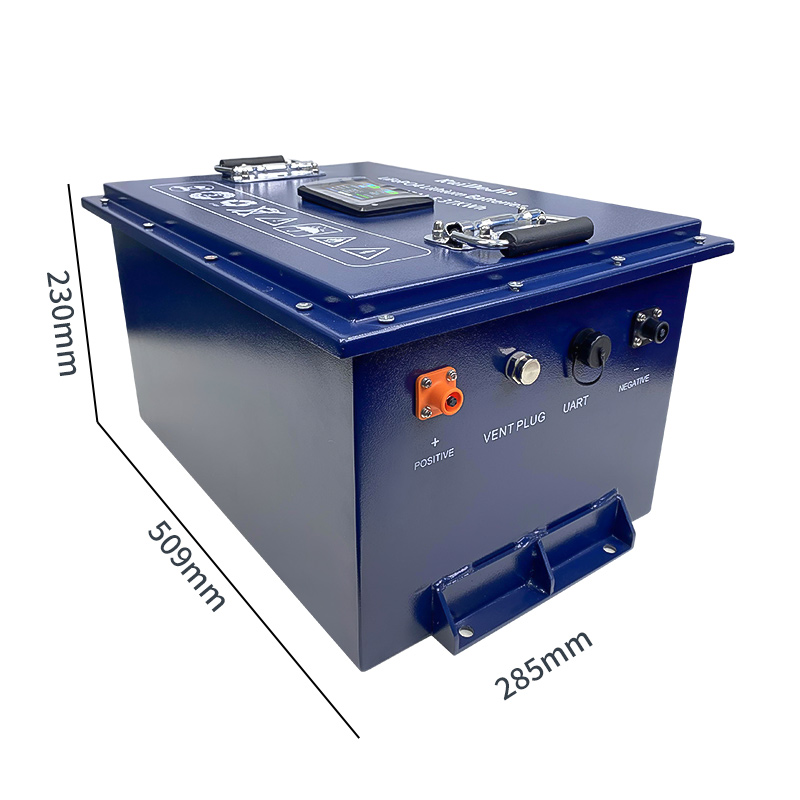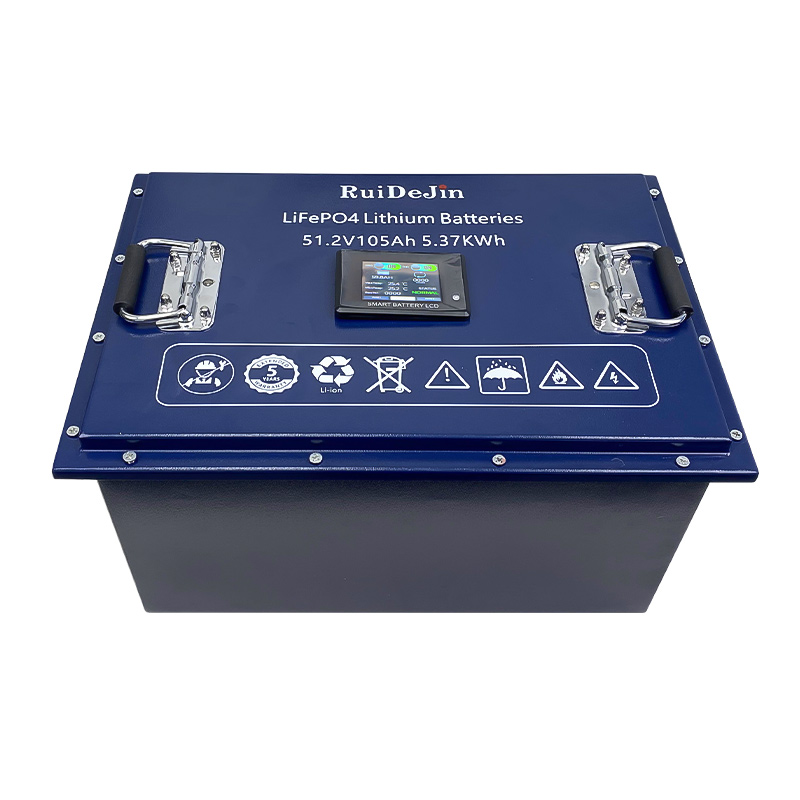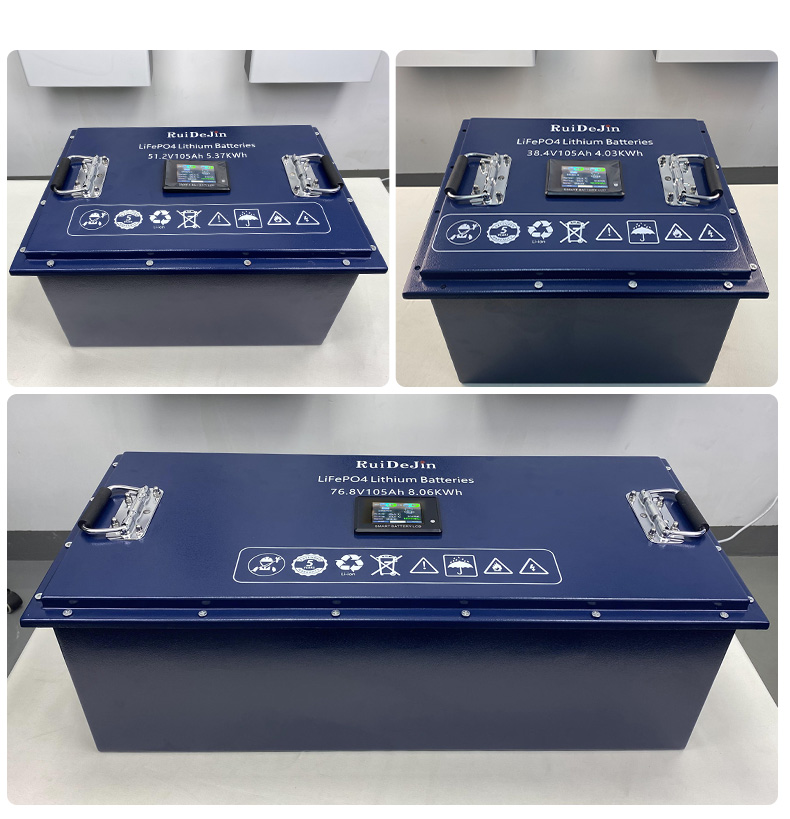KAWASAKI, Japan and OSAKA, Japan–(BUSINESS WIRE)–Panasonic Corporation has achieved the world’s tallest perovskite solar module by developing lightweight technology using glass substrates and large-area coating methods based on inkjet printing (Aperture area 802 cm2: length 30 cm x width 30 cm x 2 mm thickness) Energy conversion efficiency (16.09%). This was achieved as part of a project by Japan’s New Energy Industrial Technology Development Organization (NEDO), which is working to “develop technologies to reduce power generation costs of high-performance and high-reliability photovoltaic power generation” to promote the widespread use of solar power generation universal.
This press release contains multimedia content. The full press release is available at: https://www.businesswire.com/news/home/20200206006046/en/
This inkjet-based coating method, which can cover large areas, reduces component manufacturing costs. In addition, this large-area, lightweight, and high-conversion-efficiency module can achieve efficient solar power generation in locations such as facades where it is difficult to install traditional solar panels.
Going forward, NEDO and Panasonic will continue to improve perovskite layer materials to achieve high efficiencies comparable to crystalline silicon solar cells and build technology for practical applications in new markets.
1. Background Crystalline silicon solar cells, the world’s most widely used, have found markets in Japan’s megawatt-scale large-scale solar, residential, factory and public facilities sectors. To further penetrate these markets and gain access to new ones, it is critical to create lighter and larger solar modules.
Perovskite solar cells*1 have a structural advantage because their thickness, including the power generation layer, is only one percent that of crystalline silicon solar cells, so perovskite modules can be lighter than crystalline silicon modules. Its lightness enables a variety of installation methods, such as on facades and windows using transparent conductive electrodes, which could contribute to the widespread adoption of net-zero energy buildings (ZEB*2). Furthermore, since each layer can be applied directly onto the substrate, they enable cheaper production compared to traditional process technologies. This is why perovskite solar cells are attracting attention as the next generation of solar cells.
On the other hand, although perovskite technology achieves an energy conversion efficiency of 25.2%*3 that is equivalent to that of crystalline silicon solar cells, in small cells, it is difficult to spread the material uniformly over the entire large area through traditional technology. Therefore, energy conversion efficiency tends to decrease.
Against this background, NEDO is carrying out the “Technology Development to Reduce Power Generation Costs of High-Performance and High-Reliability Photovoltaic Power Generation”*4 project to promote the further spread of solar power generation. As part of the project, Panasonic developed lightweight technology using glass substrates and a large-area coating method based on the inkjet method, which involves the production and conditioning of inks applied to substrates for perovskite solar modules. Through these technologies, Panasonic has achieved the world’s highest energy conversion efficiency of 16.09%*5 for perovskite solar cell modules (aperture area 802 cm2: 30 cm long x 30 cm wide x 2 mm wide).
In addition, the large-area coating method using the inkjet method during the manufacturing process also helps reduce costs, and the large-area, lightweight, and high conversion efficiency characteristics of the module can be installed on facades and other areas that are difficult to install with traditional solar panels. High-efficiency solar power generation in the venue.
By improving the perovskite layer material, Panasonic aims to achieve high efficiencies comparable to crystalline silicon solar cells and create a technology with practical applications in new markets.
2. Results By focusing on the inkjet coating method that can accurately and uniformly coat raw materials, Panasonic applied the technology to each layer of the solar cell, including the perovskite layer on the glass substrate, and achieved high-efficiency large-area modules. Energy conversion efficiency.
[Key points of technology development] (1) Improve the composition of perovskite precursors, suitable for inkjet coating. Among the atomic groups that form perovskite crystals, methylamine has thermal stability problems during the heating process during component production. (Methylamine is removed from the perovskite crystal by heat, destroying parts of the crystal). By converting certain parts of methylamine into formamidine hydrogen, cesium, and rubidium with appropriate atomic diameters, they found that the method was effective for crystal stabilization and helped improve energy conversion efficiency.
(2) Controlling the concentration, coating amount, and coating speed of perovskite ink In the film formation process using the inkjet coating method, pattern coating has flexibility, while dot pattern formation of the material and the surface of each layer Crystal uniformity is essential. To meet these requirements, by adjusting the concentration of perovskite ink to a certain content, and by precisely controlling the coating amount and speed during the printing process, they achieved high energy conversion efficiency for large-area components.
By optimizing these technologies using a coating process during each layer formation, Panasonic succeeded in enhancing crystal growth and improving the thickness and uniformity of the crystal layers. As a result, they achieved an energy conversion efficiency of 16.09% and took a step closer to practical applications.
3. Post-event planning By achieving lower process costs and lighter weight of large-area perovskite modules, NEDO and Panasonic will plan to open up new markets where solar cells have never been installed and adopted. Based on the development of various materials related to perovskite solar cells, NEDO and Panasonic aim to achieve high efficiency comparable to crystalline silicon solar cells and increase efforts to reduce production costs to 15 yen/watt.
The results were presented at the Asia-Pacific International Conference on Perovskites, Organic Photovoltaics and Optoelectronics (IPEROP20) at the Tsukuba International Conference Center. URL: https://www.nanoge.org/IPEROP20/program/program
[Note]*1 Perovskite solar cell A solar cell whose light-absorbing layer is composed of perovskite crystals. *2 Net Zero Energy Building (ZEB) ZEB (Net Zero Energy Building) is a non-residential building that maintains indoor environmental quality and achieves energy conservation and renewable energy by installing energy load control and efficient systems, ultimately The aim is to bring the annual energy base balance to zero. *3 Energy conversion efficiency of 25.2% The Korea Research Institute of Chemical Technology (KRICT) and the Massachusetts Institute of Technology (MIT) have jointly announced a world record energy conversion efficiency for small-area batteries. Best Research Cell Performance (Revised 11-05-2019) – NREL*4 Developing technologies to reduce the cost of power generation from high-performance, high-reliability photovoltaic power generation – Project Title: Reducing the cost of power generation from high-performance, high-reliability photovoltaic power generation Technology development/Innovative research on new structural solar cells/Innovative low-cost production and research – Project time: 2015-2019 (annual) – Reference: Press release issued by NEDO on June 18, 2018 “The world’s largest solar cell based on Film perovskite photovoltaic module” https://www.nedo.go.jp/english/news/AA5en_100391.html*5 Energy conversion efficiency 16.09% Japan National Institute of Advanced Industrial Science and Technology The energy efficiency value measured by the MPPT method (Maximum Power Point Tracking method: a measurement method that is closer to the conversion efficiency in actual use).
Panasonic Corporation is a global leader in developing various electronic technologies and solutions for customers in consumer electronics, residential, automotive and B2B businesses. Panasonic celebrated its 100th anniversary in 2018 and has expanded its business globally, currently operating a total of 582 subsidiaries and 87 associated companies worldwide. As of March 31, 2019, its consolidated net sales reached 8.003 trillion yen. Panasonic is committed to pursuing new value through innovation in each department, and strives to use the company’s technology to create a better life and a better world for customers.
Post time: Jan-10-2024



